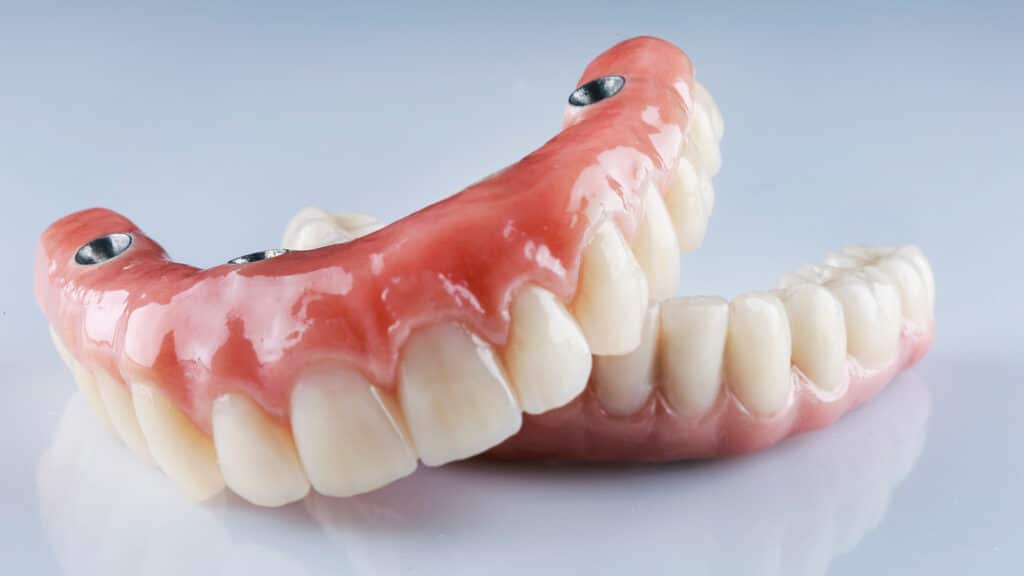
What Are Dental Bridges?
Dental bridges are a form of restorative dentistry used to replace missing teeth. They consist of one or more false teeth, known as pontics, which are held in place by dental crowns attached to the adjacent teeth. Bridges can be made from various materials, including gold, alloys, or porcelain for aesthetic appeal. For a detailed overview, you can read more on the ADA’s page about dental bridges.
Types of Dental Bridges
Traditional Bridges: The most common type involves crowns on either side of the missing tooth with a pontic in between.
- Cantilever Bridges: Used when there are adjacent teeth on only one side of the missing tooth.
- Maryland Bridges: Consist of a pontic held in place by a metal or porcelain framework bonded to the backs of two adjacent teeth.
- Implant-Supported Bridges: Supported by dental implants rather than crowns or frameworks.
The Procedure for Getting a Dental Bridge
- Preparation: The dentist reshapes the adjacent teeth to make room for the crowns.
- Digital Scan: An impression of the teeth is taken using a digital scanner to create a custom bridge.
- Temporary Bridge: A temporary bridge is fitted to protect the exposed teeth and gums.
- Permanent Bridge Placement: Once ready, the permanent bridge is adjusted and cemented into place.
Benefits of Dental Bridges
- Aesthetic Improvement: They restore the appearance of missing teeth.
- Functional Benefits: Bridges improve chewing and speaking abilities.
- Prevent Shifting: They prevent remaining teeth from shifting out of position.
- Durable Solution: With proper care, dental bridges can last 5-15 years or more.
Care and Maintenance
- Oral Hygiene: Regular brushing, flossing, and dental check-ups are crucial.
- Avoid Hard Foods: To prevent damage to the bridge.
- Regular Dental Visits: For professional cleaning and check-up.
Are Dental Bridges Right for You?
The suitability of dental bridges depends on several factors, including the health of adjacent teeth, personal oral hygiene, and specific dental needs. It’s important to consult with a dentist to determine the best option for tooth replacement.
Conclusion
Dental bridges offer a reliable and aesthetic solution for replacing missing teeth. They not only restore the functionality of your teeth but also prevent future dental issues caused by tooth loss. If you’re considering a dental bridge, consult with your dentist to understand if it’s the right choice for you and how you can maintain it for long-lasting benefits. For expert advice and treatment regarding dental bridges, Newstead Smiles can provide you with the professional care and guidance you need.